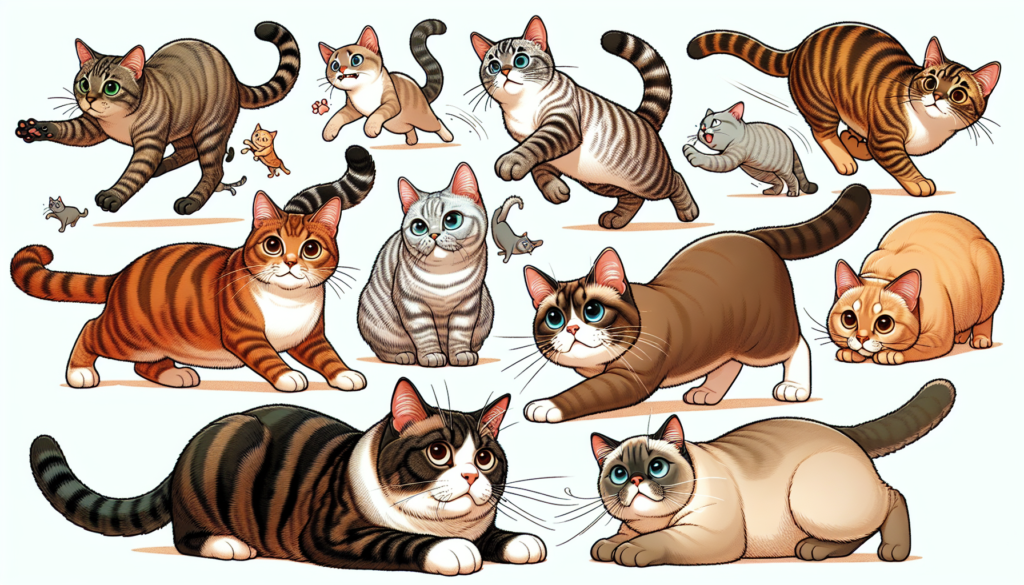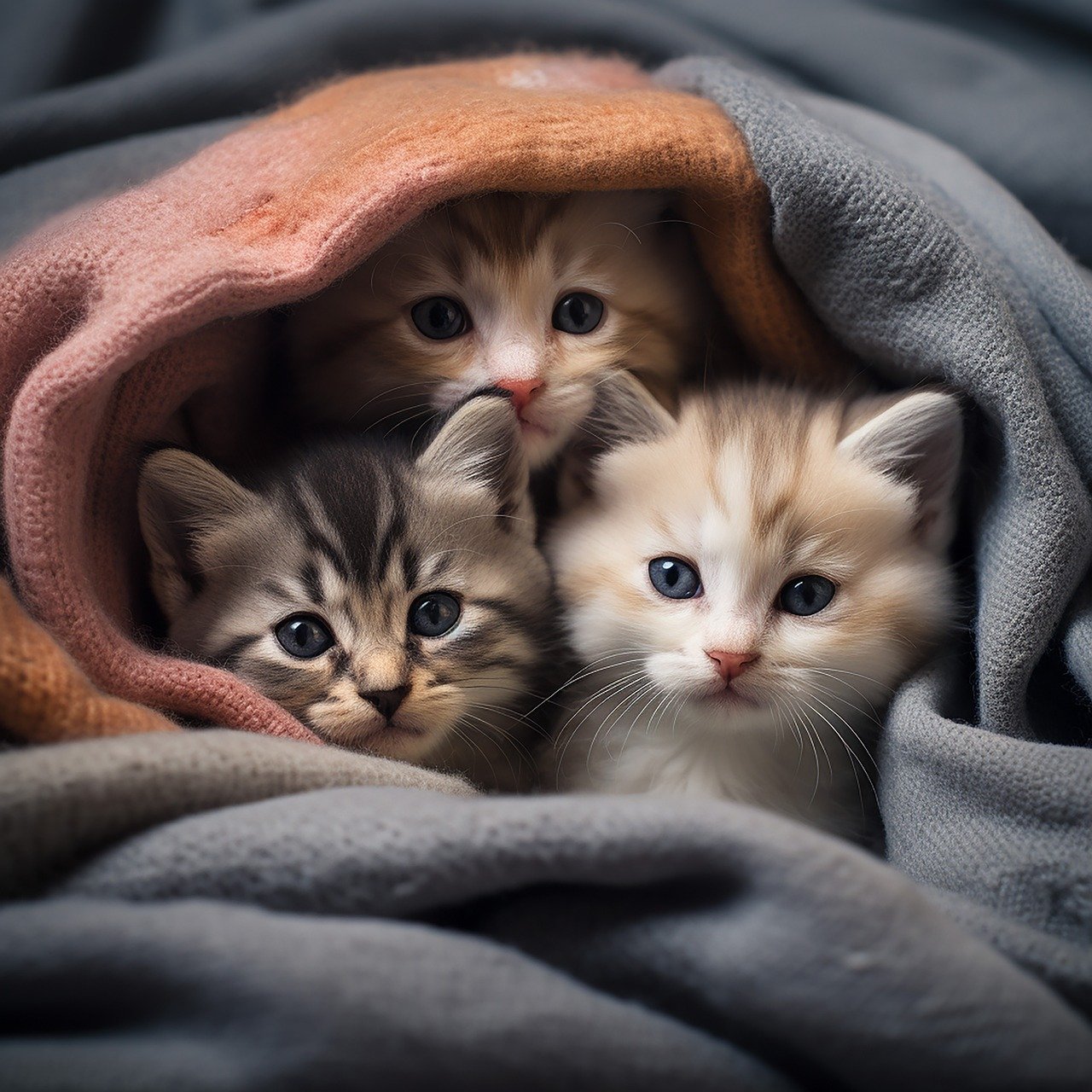Have you ever wondered why cats chase their tails? It’s a common behavior among our feline friends and can be quite entertaining to watch. But what prompts them to do so? Is it a playful instinct or something else entirely? In this article, we’ll explore the reasons behind this curious behavior and uncover the secrets behind why cats can’t resist the urge to chase their own tails. So sit back, relax, and prepare to unravel the mystery of this adorable pastime.
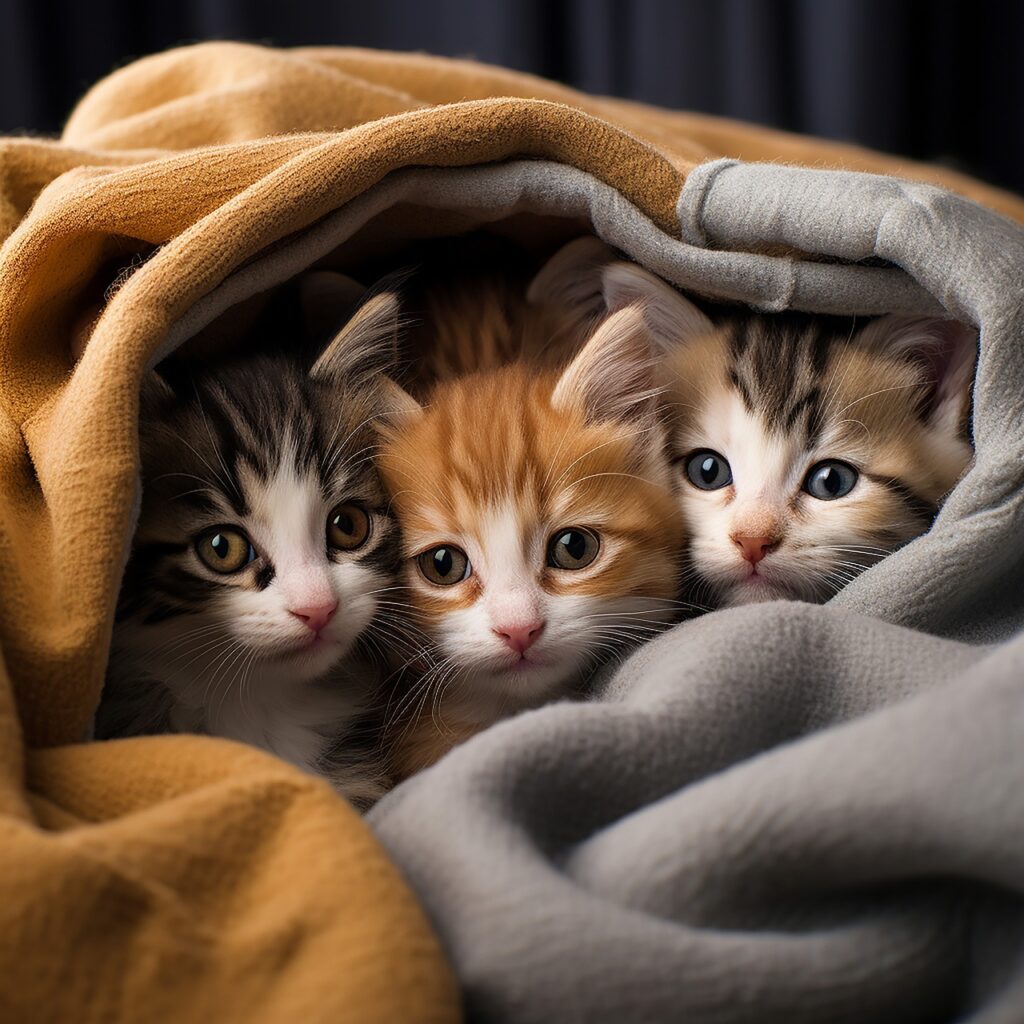
Instinctual Behavior
Predatory Instincts
One of the reasons why cats chase their tails is due to their predatory instincts. Cats are natural hunters, and chasing moving objects, such as their own tails, triggers their hunting instincts. It is believed that this behavior is reminiscent of their attempts to catch prey in the wild. When a cat sees its tail moving, it perceives it as potential prey and instinctively gives chase.
Playful Nature
Cats are well known for their playful nature, and chasing their tails is just another form of play for them. Just like humans enjoy playing games or engaging in activities that bring them joy, cats find entertainment in chasing their tails. This behavior allows them to have fun, engage their minds, and release pent-up energy. It also provides them with mental stimulation, which is essential for their overall well-being.
Hunting Simulation
Chasing their tails can also be seen as a way for cats to practice their hunting skills. In the wild, cats often go through extensive hunting exercises to hone their abilities and improve their hunting success. By chasing their tails, domesticated cats simulate this hunting experience, allowing them to refine their coordination, reflexes, and agility. It serves as a form of exercise and training, helping them maintain their instinctual hunting prowess.
Inherited Behavior
Throughout generations, cats have passed down certain behaviors from their ancestors. Chasing their tails could be one such inherited behavior that has remained prevalent in domesticated cats. While cats may not necessarily have a specific reason for chasing their tails in today’s environment, this behavior might have served a purpose in the past. It could have been a means of survival or a way to ward off potential threats. Regardless of its original purpose, it has become ingrained in their genetics, leading cats to chase their tails even in the absence of a practical reason.
Physical Stimulation
Excess Energy
If your cat is constantly chasing its tail, it could be a sign that they have excess energy they need to release. Cats are naturally active animals, and it is crucial for their physical and mental well-being to engage in regular exercise. If they aren’t provided with sufficient outlets for their energy, they may resort to chasing their tails as a way to expend that pent-up energy.
Boredom
Similar to humans, cats can experience boredom when they do not have enough mental or physical stimulation in their environment. When cats feel bored, they may look for ways to entertain themselves, and chasing their tails can be one of their chosen activities. By chasing their tails, they engage in self-play, alleviating their boredom and keeping themselves entertained.
Lack of Exercise
In addition to excess energy and boredom, a lack of exercise can contribute to a cat’s inclination to chase their tail. Regular physical activity is essential for a cat’s overall health, including muscle tone, weight management, and cardiovascular health. If cats do not receive adequate exercise through interactive play sessions or access to toys and climbing structures, they may turn to chasing their tails as a way to compensate for the lack of physical exertion.
Sensory Overload
In some cases, cats may chase their tails as a response to sensory overload. Sudden or excessive stimulation, such as loud noises, unfamiliar scents, or rapid movement, can overwhelm cats and trigger a tail-chasing behavior. It may serve as a coping mechanism or a way for them to redirect their focus from the overwhelming stimuli to a more manageable task, such as chasing their tail.
Social Interaction
Attention Seeking
Cats are known to crave attention from their owners, and chasing their tails can be a way for them to seek that attention. When cats engage in tail-chasing behavior, they may be trying to catch their owners’ attention, hoping for playtime, cuddles, or interaction. It is their way of saying, “Hey, look at me!” If you notice your cat persistently chasing its tail while you’re around, they could be signaling their desire for your attention and companionship.
Play Invitation
Tail-chasing can also serve as a play invitation from your cat. By engaging in this behavior, they are trying to entice you or other household pets to join in the fun. It is their way of initiating playtime and interacting with their human or animal companions. If your cat starts chasing its tail in your presence, consider joining the playtime and providing them with the social interaction they desire.
Bonding Ritual
For some cats, tail-chasing can be a bonding ritual. When cats chase their tails in the presence of other cats or even humans, it can create a shared experience and strengthen the bond between them. It becomes an opportunity for social interaction and mutual enjoyment. If you have multiple cats, you may observe them chasing their tails together, reinforcing their social connections and promoting a sense of camaraderie within the feline group.
Curiosity and Exploration
Self-Entertainment
Curiosity is a natural instinct for cats, and tail-chasing can be a result of their innate desire to explore and discover. Cats have an affinity for keeping themselves entertained, and chasing their tails provides them with a way to engage in self-exploration and self-entertainment. It allows them to indulge in their natural inquisitiveness and keep themselves amused when there are no other stimuli readily available.
Investigating Movement
Cats are attracted to movement, and their keen eyesight allows them to spot even the slightest motion. When a cat catches a glimpse of its own tail moving, it triggers their curiosity and prompts them to investigate further. They may engage in tail-chasing to understand the source of the movement and satisfy their curiosity. It is their way of exploring their surroundings and interacting with their own body in a fascinating and captivating manner.
Developing Coordination
Tail-chasing can also play a role in a cat’s coordination and motor skill development. Just like human infants learn to grasp objects or kick their legs to improve their coordination, kittens and young cats may chase their tails to enhance their agility and balance. As they navigate through their tail-chasing escapades, they learn to synchronize their movements, hone their reflexes, and refine their coordination. This form of self-directed play contributes to their physical development and helps them become more adept at controlling their bodies.
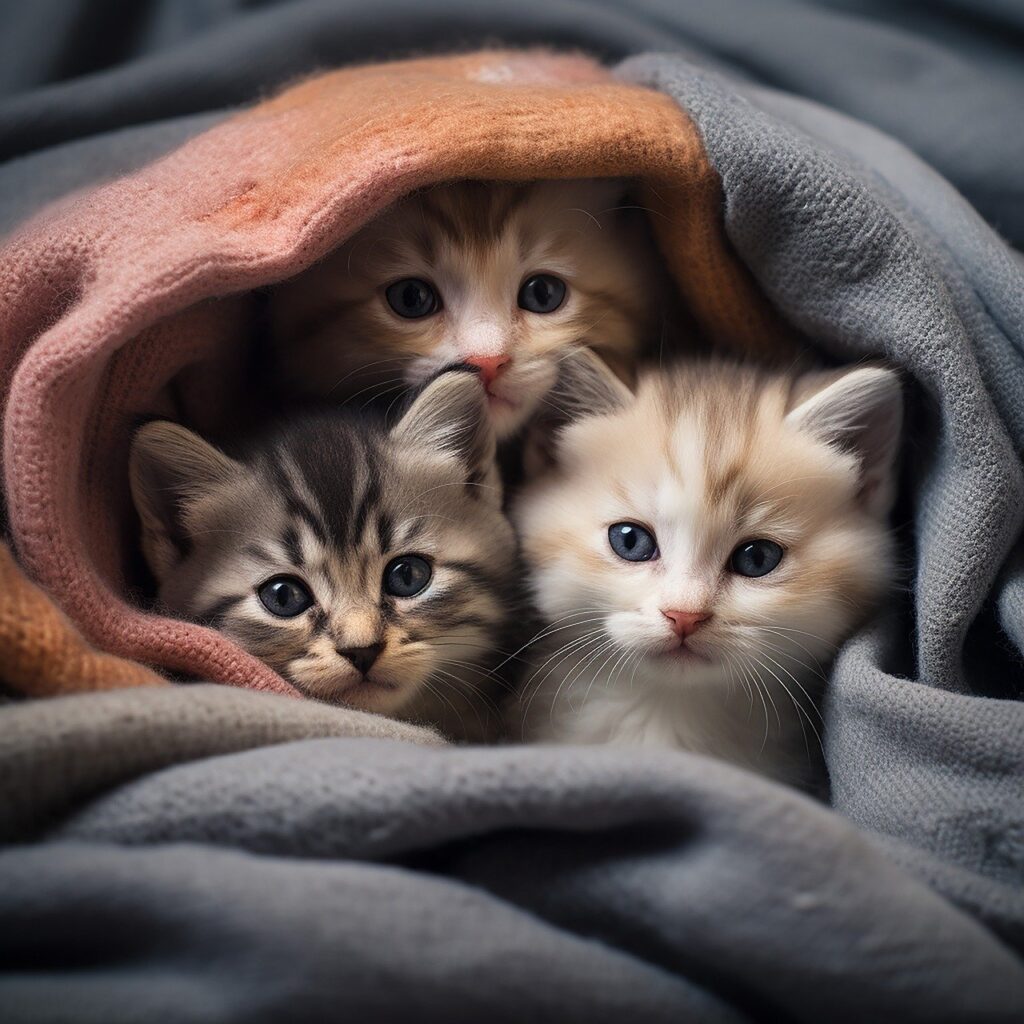
Insect or Flea Infestations
Irritation from Parasites
One of the possible reasons why a cat may chase its tail is due to irritation caused by insects or fleas. Parasites, such as fleas or mites, can cause intense itching and discomfort on a cat’s skin. When cats experience this discomfort, they may try to alleviate it by chasing and biting at their tail. By doing so, they are attempting to target the source of irritation and relieve themselves from the discomfort caused by the parasites.
Attempt to Capture Insects
Cats have a well-known affinity for hunting and capturing insects. If a cat notices an insect or small creature around its tail, they may engage in tail-chasing behavior as an attempt to capture their newfound target. Whether it’s a persistent mosquito buzzing around or a tiny spider trying to escape, the movement of the insect can trigger a cat’s hunting instincts, leading them to fixate on their tail and give chase.
Discomfort Relief
In some cases, tail-chasing can be a cat’s way of seeking relief from discomfort caused by an injury or ailment. Cats may inadvertently injure their tails or experience pain or inflammation due to various medical conditions. Tail-chasing could be their instinctual response to the discomfort, as they unknowingly try to find a position or body movement that eases their pain. If you notice your cat frequently chasing its tail and displaying signs of discomfort, it is essential to consult with a veterinarian to rule out any underlying medical issues.
Medical or Physical Issues
Skin Allergies
Skin allergies can lead to itchiness and irritation, causing a cat to chase its tail in an attempt to alleviate the discomfort. Cats can be allergic to certain foods, environmental factors, or even flea bites, triggering an allergic reaction on their skin. This allergic response can manifest as excessive itching, redness, or skin inflammation. Tail-chasing may be a cat’s way of relieving the itchiness caused by these allergic reactions or trying to reach the affected area for grooming.
Anal Gland Problems
Another potential medical issue that can contribute to tail-chasing is anal gland problems. Cats have small anal glands located on either side of their rectum, which secrete a strong-smelling substance. When these glands become clogged or infected, they can cause discomfort or pain. Tail-chasing behavior could be a response to the discomfort felt in the anal area, as cats try to alleviate the pressure or pain by targeting their tail. If your cat exhibits persistent tail-chasing accompanied by signs of anal gland issues, a visit to the veterinarian is advisable.
Compulsive Disorder
In rare cases, tail-chasing may be a symptom of compulsive disorder in cats. Compulsive behavior refers to repetitive, purposeless actions that a cat engages in persistently and uncontrollably. These behaviors typically serve no practical purpose for the cat and can sometimes interfere with their daily life. If a cat exhibits excessive and compulsive tail-chasing, it is essential to consult with a veterinarian or an animal behaviorist to determine the underlying cause and explore possible treatment options.
Neurological Abnormalities
Certain neurological abnormalities can also contribute to tail-chasing behavior. Cats with conditions like hyperesthesia syndrome or cognitive dysfunction syndrome may exhibit repetitive behaviors, including tail-chasing. Hyperesthesia syndrome is characterized by excessive sensitivity and overreactive behavior, while cognitive dysfunction syndrome is akin to Alzheimer’s disease in humans, affecting a cat’s cognitive functions. These neurological conditions can cause cats to engage in compulsive behaviors, including chasing their tails.
Inflammatory Bowel Disease
Inflammatory bowel disease (IBD) is a chronic gastrointestinal disorder that can cause inflammation and discomfort in a cat’s digestive system. As cats experience abdominal pain or cramping due to IBD, they may exhibit tail-chasing behavior as a response to the discomfort felt in their digestive tract. This behavior serves as an attempt to find relief or distract themselves from the pain they are experiencing. If you suspect your cat may have IBD, it is crucial to consult with a veterinarian for diagnosis and treatment.
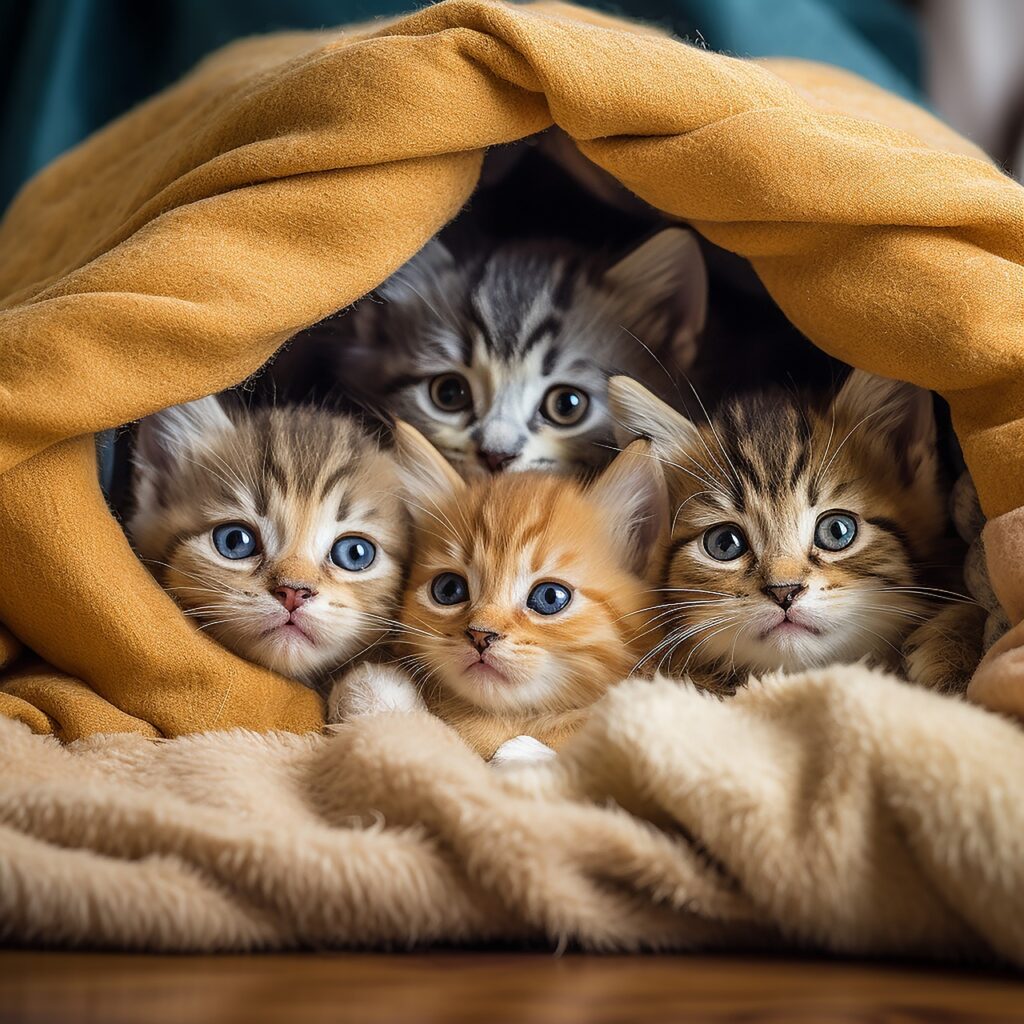
Attention-Grabbing Behavior
Demanding Playtime
If your cat persistently chases its tail in front of you, it may be trying to grab your attention and request playtime. Cats enjoy interactive play sessions with their owners and often use various tactics to initiate these sessions. Tail-chasing can be one such attention-grabbing behavior, as they try to communicate their desire for play and seek engagement from their human companions. To address their needs, make sure to set aside regular playtime sessions to keep them entertained and provide the physical and mental stimulation they require.
Seeking Affection
Tail-chasing behavior can also serve as a way for cats to seek affection from their owners. If your cat chases its tail in your presence, they may be trying to catch your attention and elicit gentle petting or cuddles. It is their way of expressing their need for affection and companionship. By responding to their tail-chasing behavior with affectionate gestures, you can deepen the bond between you and your feline friend.
Expressing Displeasure
Sometimes, tail-chasing can be an expression of displeasure or frustration. Cats may engage in this behavior if they are feeling ignored, if their environment or routine has changed, or if they are experiencing any other types of stressors. By chasing their tails, they are signaling their dissatisfaction or discomfort. It is essential to identify and address the underlying cause of their displeasure to create a harmonious and stress-free environment for them.
Neurological Development
Kitten Play
Tail-chasing is commonly observed in kittens during their playtime. As young cats explore their surroundings and interact with their siblings, they naturally engage in various play behaviors, including tail-chasing. This behavior allows them to test their motor skills, practice coordination, and learn basic hunting techniques. It is an essential part of their neurological development and helps prepare them for the challenges they will face as adult cats.
Developing Motor Skills
Tail-chasing can be a way for cats, particularly kittens, to develop and refine their motor skills. By chasing their tails, they improve their balance, coordination, and reflexes. This self-directed play helps them gain control over their movements, fine-tune their abilities, and build strength in their muscles. Through these playful interactions with their tails, they prepare themselves for more complex movements and physical challenges in their daily lives.
Stimulating Brain Function
Engaging in tail-chasing behavior can also stimulate a cat’s brain function. As cats navigate through the chasing process, they assess their environment, anticipate movement, and strategize their approach. This mental stimulation challenges their problem-solving skills and encourages them to think creatively. By combining physical exercise with mental engagement, tail-chasing provides a holistic workout for a cat’s body and mind.
Testing Limits and Capabilities
Cats, especially young ones, are naturally curious and eager to push their boundaries. Tail-chasing allows them to test their limits and capabilities as they explore different movements and actions. They learn about their bodies’ capabilities and become more aware of their physical boundaries. By chasing their tails, they not only indulge in play and fun but also embark on a journey of self-discovery and self-improvement.

Emotional State
Stress or Anxiety
Cats can experience stress or anxiety in various situations, and tail-chasing may be one manifestation of these emotional states. Stressors such as changes in their environment, the presence of unfamiliar people or animals, or loud noises can trigger anxiety in cats. Tail-chasing can be their way of coping with or relieving this anxiety. If you notice your cat frequently chasing its tail, it is important to identify and address the underlying sources of stress to ensure their emotional well-being.
Frustration
Frustration can also prompt tail-chasing behavior in cats. If a cat encounters obstacles or is unable to achieve a desired outcome, they may feel frustrated. Chasing their tails can serve as a way for them to redirect their frustration and release their pent-up emotions. By engaging in this behavior, they may find momentary relief from their feelings of frustration.
Excitement
Excitement is a commonly observed emotional state in cats, especially during moments of heightened arousal. Tail-chasing can be a result of their overexcitement, as they try to express and channel their excess energy. Whether it’s in anticipation of playtime, the arrival of their favorite treat, or the sight of a bird outside the window, cats may find tail-chasing as an outlet for their excitement.
Nervousness
Nervousness can trigger various behaviors in cats, including tail-chasing. When cats feel nervous or anxious, they may engage in repetitive actions as a way to self-soothe or self-regulate their emotions. Tail-chasing may provide them with a sense of control or distraction from the stimuli that are causing their nervousness. If your cat demonstrates this behavior frequently in nerve-wracking situations, it is essential to create a calm and secure environment for them to help alleviate their nervousness.
Lack of Proper Socialization
Insufficient Interaction as Kittens
Proper socialization during the early stages of a cat’s life is essential for their overall behavioral development. Kittens who receive insufficient interaction and exposure to various stimuli during their formative months may exhibit behavior problems later in life. Tail-chasing can be a manifestation of the lack of socialization as kittens, as they may struggle with coping mechanisms or seek alternative means of stimulation and interaction.
Loneliness
Cats are social animals, and a lack of companionship can lead to feelings of loneliness. If cats spend extended periods without human or feline interaction, they may resort to tail-chasing behavior as a result of their isolation. By chasing their tails, they attempt to create entertainment and stimulation for themselves in the absence of social interaction. Providing them with companionship and engaging in regular playtime can help alleviate their loneliness and reduce their inclination to chase their tails.
Isolation
Isolation, whether due to physical barriers or prolonged confinement, can contribute to tail-chasing behavior in cats. If a cat is kept in a restricted space or separated from social interaction for extended periods, they may engage in tail-chasing as a form of self-amusement or a coping mechanism. It is crucial to provide cats with opportunities for exploration, play, and socialization to prevent feelings of isolation and subsequent tail-chasing behavior.
Introduced Late to Humans
Cats who were introduced to human interaction later in life or have had limited exposure to humans may exhibit tail-chasing behavior as a result of their unfamiliarity and discomfort. The lack of early socialization with humans can lead to insecurity and an inability to cope with new or stimulating environments. By chasing their tails, they may seek solace in a behavior they find predictable or comforting. Patience, positive reinforcement, and gradual exposure to social situations can help alleviate their anxiety and reduce tail-chasing tendencies.
In conclusion, there are numerous reasons why cats chase their tails, ranging from their instinctual behaviors to various physical, emotional, and social factors. Tail-chasing can serve as a form of play, a way to release energy, or an expression of emotional states. While occasional tail-chasing is generally harmless, persistent or compulsive tail-chasing warrants further attention and potentially veterinary assistance to address any underlying issues. Understanding the reasons behind your cat’s tail-chasing behavior can help ensure their physical and emotional well-being, leading to a happier and more fulfilled feline companion.
